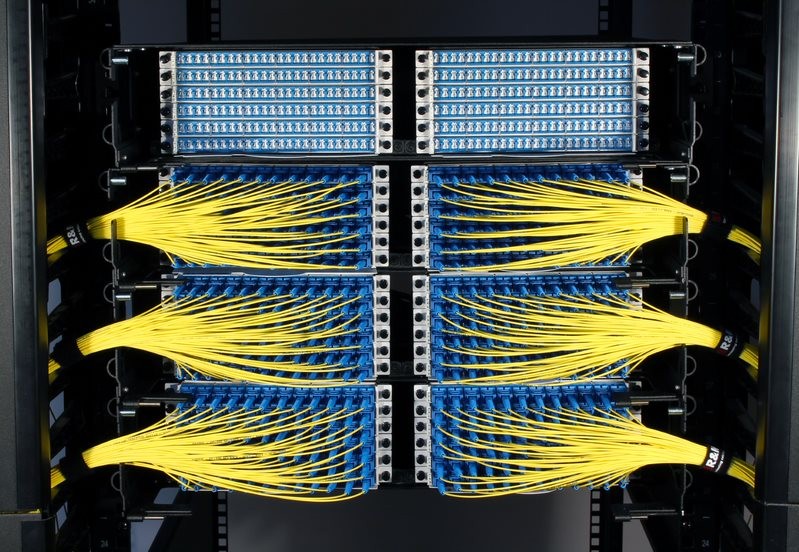Pic:
Vincentas Grinius to choose from: https://www.dropbox.com/sh/xit4idry2fp0bbt/AACPN4kNx1J2OzTM6L3ADnCPa?dl=0
The answer, of course, lies in the remarkable ingenuity of the network engineering community and the various clever stop-gaps they have developed over the years in order to artificially extend the lifespan and durability of IPv4.
Simple as NAT
The key innovation that has allowed IPv4 to remain so widely in use is network address translation (NAT) which was first introduced in 1994. Some claim that NAT, in many ways, has ‘saved’ the internet as we know it.
As we know, an IP address allows devices to connect to the web. For computers to communicate with each other, a data packet must be transferred across the network containing the unique IP addresses of both communicating devices. NAT works by translating and mapping lots of non-unique, non-registered private network IP addresses to one single public IP address, usually via a router. This allows all the devices computers on a local network to share one outbound connection. Most virtual networks provided by cloud services have employed this method to avoid the need to migrate to IPv6.
One drawback of this, of course, is that it makes the single NAT device absolutely critical to your entire private network’s ability to connect to the internet: if it goes down, every device on that network loses internet access at the same time.
Classless society
CIDR (Classless Inter-Domain Routing) is an IP addressing scheme that makes improvements to the allocation of IP addresses. The previous method of IP addressing was inefficient and exhausted the available stock of IPv4 address more quickly than in needed to, as it divided the stock into three ‘classes’ A, B, and C:
• Class A – supported over 16 million host identifiers;
• Class B - 65,535 supported host identifiers;
• Class C - 254 supported host identifiers.
This meant organizations requiring more than 254 host machines would no longer fall into class C but rather class B, even though they had far less than 65,535 hosts, e.g. an organization only required 1,00 hosts, they would be wasting about 64,500 hosts (and IPv4 addresses) by holding a class B license.
CIDR allows network managers to define addresses prefixes of arbitrary lengths making it much more efficient than the old system: the network address is written as a prefix; the suffix which indicates how many bits feature in the entire address.
Subnetting: breaking up isn’t hard to do
Subnetting is the process of taking bits from the HOST part of an IP address in order to split a larger network into smaller subnets. Whereas traditional subnetting was time-consuming and complicated, modern network management platforms have made it easy for users to optimize their network by themselves. Splitting larger subnets into smaller parts also reduces the load on your network and optimizes its traffic.
Previously, splitting a /21 subnet would have involved reaching out to your account manager, asking for a subnet division, waiting for a confirmation and reply. Now, the latest network management platforms, such as Switch, allow you to self-administer your global IP resources globally, for example, splitting the /21 subnet by yourself and assigning the outcome of smaller subnets to different server locations.
This innovation allows you to redistribute IPv4 resources and use them more efficiently. Instead of using a large network in one single location, you can now split larger subnets into smaller parts and even monetize unused IPv4 addresses by selling them on.




